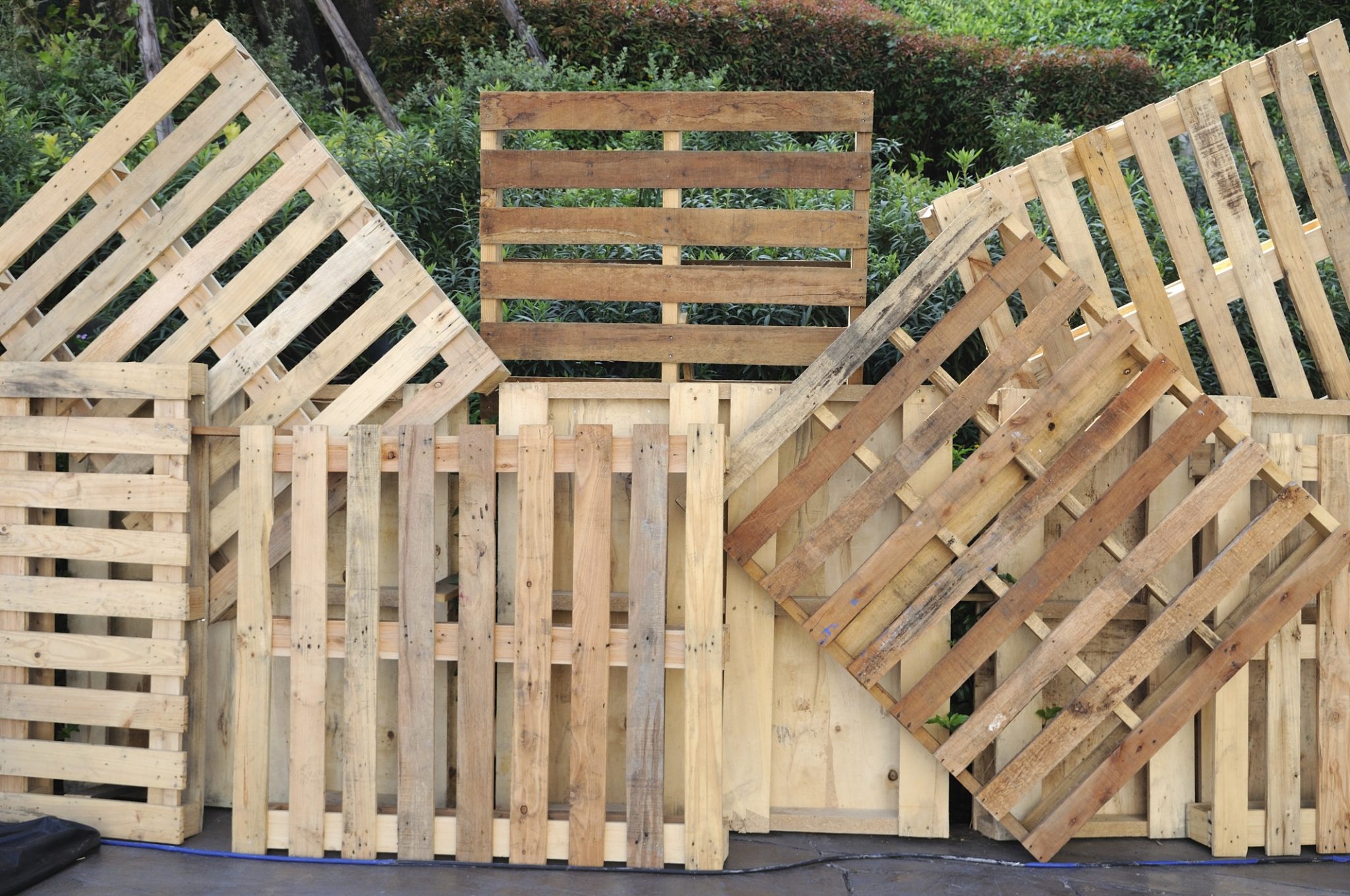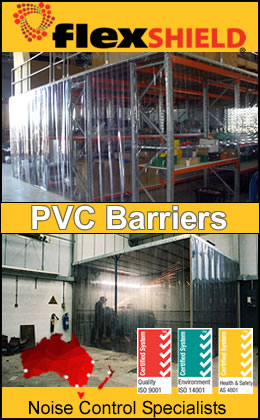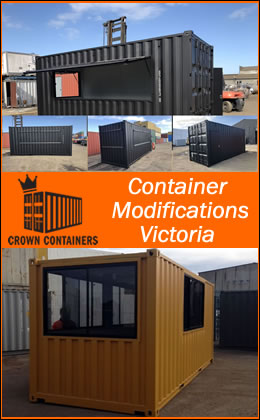Pallets Info
Different types of pallets…
Pallets are platforms used to move goods throughout their lifecycles; pallets accompany the cargo they carry in factories, trucks, warehouses and stores. To be effective, a pallet must be strong, manoeuvrable and perhaps most importantly, affordable. There are all sorts of different types of pallets; wooden, metal, plastic and cardboard pallets each have their relative advantages and disadvantages.
Many companies are starting to realize the importance of pallet repairability, reusability and recyclability. A disposable pallet may be less expensive until you factor in replacement costs; the overall expense of disposable pallets is frequently greater than the expense of their higher quality and reusable counterparts. The businesses that were first to invest in more durable pallets that don’t end up dumped in landfills have revolutionized the pallet business.
Traditionally, most pallets were made out of wood. Wood is plentiful, strong, flexible, and easy to assemble. Wood pallets travel with goods on a single trip, and once unloaded, they are either repaired or disposed. When the industry realized that pallets were using more of America’s wood than any other single product by volume, excessive waste became a concern. If a third party materials manager cannot repair a wood pallet, fortunately, it can be recycled as wood pulp. Despite the disadvantages of wood pallets, they are still the most common type.
Metal pallets have strong advantages in their durability, strength, and ability to be mended. However, they are very expensive to manufacture and so heavy that they dramatically increase the cost of shipping. Certain industries, however, will always need sturdy steel pallets to transport particularly heavy or oversized goods.
Various mold processes and materials can be used to create different types of plastic pallets. In general, plastic falls somewhere in the middle in terms of cost and strength compared with other types. For instance, injection-molded pallets are rigid and light, but they cannot withstand too much impact. Structural foam pallets are stronger because they are both flexible and can bear a substantial amount of weight. The raw materials in foam pallets can be partially reused, but they are not recyclable.
Pallets can also be created using a vacuum thermoforming process. Plastic sheets are heated and vacuumed into a mold where they cool into the desired shape. This process is less expensive than other methods, but unfortunately thermoformed pallets tend to be weaker than other varieties.
A newcomer to the pallet scene of the late 1990s is the cardboard pallet. Entirely disposable through recycling and very inexpensive to make, these pallets almost function as extra packaging for boxes. They are basically corrugated cardboard with structural reinforcements. Best of all they are so light, they hardly affect shipping costs.
Thanks to (http://www.wisegeek.com/what-are-the-different-types-of-pallets.htm)



